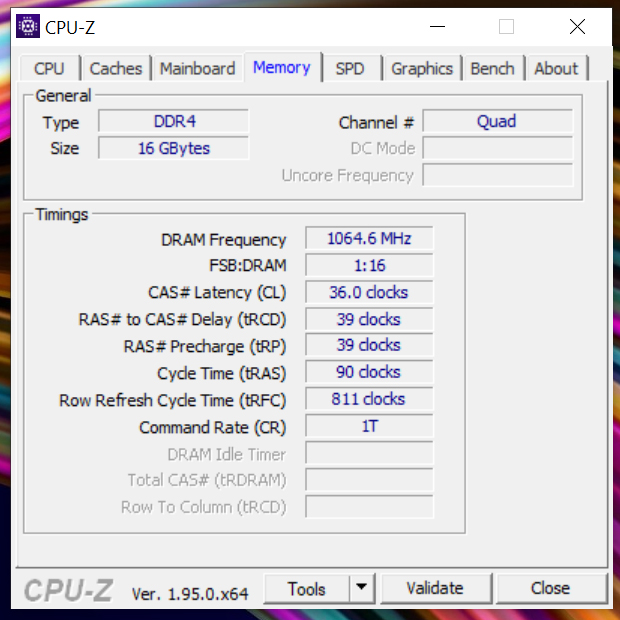

But, dial back the settings on individual cores and you may achieve a better balance. Why? Applying the same ambitious overclocking profile to all processor cores may make your PC unstable. Some motherboards allow you to target individual processor cores or apply one setting across all cores. Hold fire for now, though.īelow, you’ll see CPU Core Ratio, which allows us to adjust the multiplier. You can now type a value into the BCLK Frequency field. In the Asus Extreme Tweaker menu, we switch the Ai Overclock Tuner from Auto to Manual, which allows access to the base clock frequency setting. Modern motherboards can be equipped with a raft of automated settings designed to make overclocking easy. A ratio of 42x with the same 100MHz base clock speed would deliver a CPU frequency of 4,200MHz, or 4.2GHz. To overclock the CPU, we can adjust the base clock frequency or the ratio/multiplier to achieve a faster CPU frequency. In this example, 100MHz x 40 equals 4,000MHz (4GHz).

Your processor speed is a simple calculation of the base clock speed multiplied by the ratio. Underneath that, you’ll see a Ratio setting (often known as the multiplier). On the right of the screen, there are two additional settings to mention: BCLK is the base clock frequency, currently set to 100MHz. MSI motherboards even have a physical OC Genie button you can press to turbocharge your PC.Ĭlick F7 to switch to Advanced Mode, which is where we’ll be spending most of our time in this guide (see below). If these manual steps seem a little tough, then check out the likes of Asus Dual Intelligent Processors 5, Gigabyte EasyTune, AMD’s Ryzen Master, or Intel’s Extreme Tuning Utility. However, some motherboard manufacturers offer convenient apps that attempt to safely overclock your CPU for you. We’re about to get hands-on with a motherboard’s UEFI BIOS software, which allows fine-tuning of your hardware settings. I recently upgraded my gaming rig with the NZXT Kraken X62 which pumps coolant over the CPU via a sealed system, then extracts the heat via a large radiator and double-fan assembly, mounted in the top of the case. Consider upgrading to a better-performing air cooler (such as those from Noctua) or investigate all-in-one liquid coolers, which work much like a car’s radiator. Budget CPU coolers (the stock heatsink-and-fan assembly that ships with many processors) are going to struggle here.


 0 kommentar(er)
0 kommentar(er)
